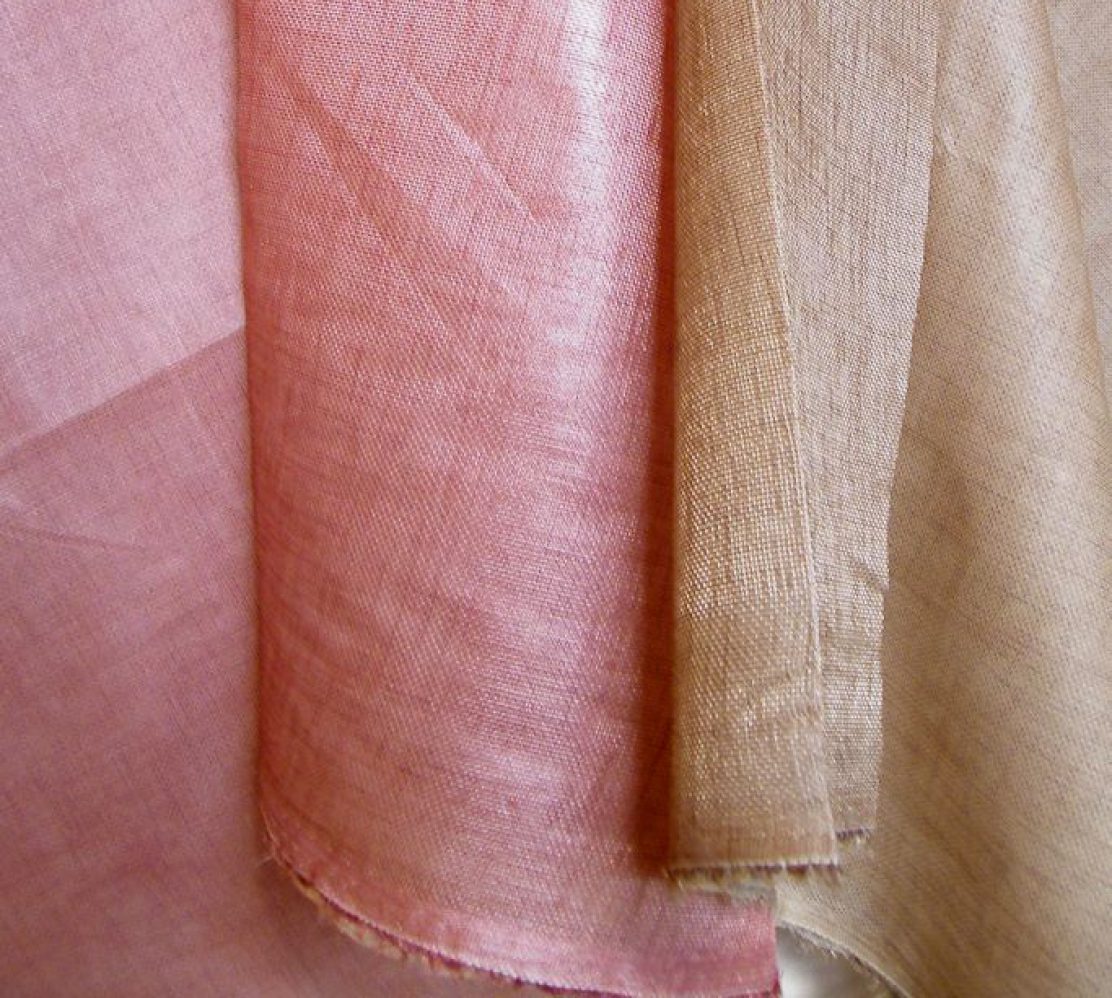And you thought ‘tomorrow’ would never come! Lesson of the day: Don’t promise what you can’t keep! Now without further ado…
First alterations:
I thought I better not attempt too much at a time. I’m not familiar enough with fitting to know how one change might affect the fit in other areas. So I’m trying to work through the order recommended – though I vaguely remember some inconsistencies in different sections of the FFRP book. I read somewhere else that tops hang from the shoulder, so fitting needs to start with shoulder, neck & upper back. That’s what I’ve done first.
- Rounded Upper Back adjustment:
Added 3/8″ at CB 1″ below neckline, tapering to nothing at armscye. - Sloping & Forward Shoulder adjustments:
Remove 1/2″ from front
(B = -1/4″ SS + 1/4″ FS = 0, F = -1/4″ SS + -1/4″ FS = -1/2″)
Tissue Fitting #2:
Fixed:
- CB neck now reaches the base of my neck.
- Shoulder seam at armscye side now aligns with the middle of my arm joint.
Adjustments still needed:
- Shoulder seam at neck side still seems too far to the back => Forward Shoulder type adjustment on the neck edge?
- Neckline at CF is right at the base of my neck. For a jacket that I might want to button-up (by adding extra button & button-hole to the lapel edge like in my RTW version) this might make the front neckline feel a bit too tight / high. Might just lower the whole front along neckline & CF.
- Shoulder is slightly too narrow => Wide Shoulder Adjustment.
- CF at bust level still doesn’t meet my CF => Full Bust Adjustment.
- CB swing slightly below mid-back & side seam swings to the front => Sway Back Adjustment.
- CB waist is 3/4″ too low & CF waist about 1/4″ too high, assuming FFRP is right that standard waist seam should be at the bottom of your waist elastic (belt in my case). Hem is also higher in the front than back. Part of this may be due to sway back issue. But it may also be due to the FBA needed? I know I am slightly short-waisted, but I think I will do the FBA first before deciding how much to shorten the bodice by and where.
Now the FBA. I’m a bit confused about which type of FBA to do.
 Jackets For Real People illustrates two types of FBA in Chapter 8: A dart-based FBA and a princess FBA. The dart-based FBA is done on a jacket with a side front panel and there’s a note on p42 saying “this is not a princess style. The front has a side panel and is altered like any darted front.”
Jackets For Real People illustrates two types of FBA in Chapter 8: A dart-based FBA and a princess FBA. The dart-based FBA is done on a jacket with a side front panel and there’s a note on p42 saying “this is not a princess style. The front has a side panel and is altered like any darted front.”
How do you tell if a jacket is a “side panel” jacket rather than a princess line jacket? The bust apex on M5525 size 8 is like 1-1/4″ to the front (rather than on the princess line) and the side front panel isn’t very curved at the bust level. So is this a true princess seam or is this a “side panel” scenario? So my options are…
Option 1: Do a dart-based FBA on the front panel. This will end up with a small dart on the front panel only. The result would look a bit like Vogue Patterns 1233 – a dress that looks a little bit like a trench which I bought as a back up pattern for trenches.
Option 2: Do a princess FBA on the side front panel. I’m worried that there’ll be a bit of bagginess on either sides of my girls due to the deeper bust shaping that’s 1-1/4″ to the sides of my girls.
Which FBA would you do? And am I mad enough to try both?


































































